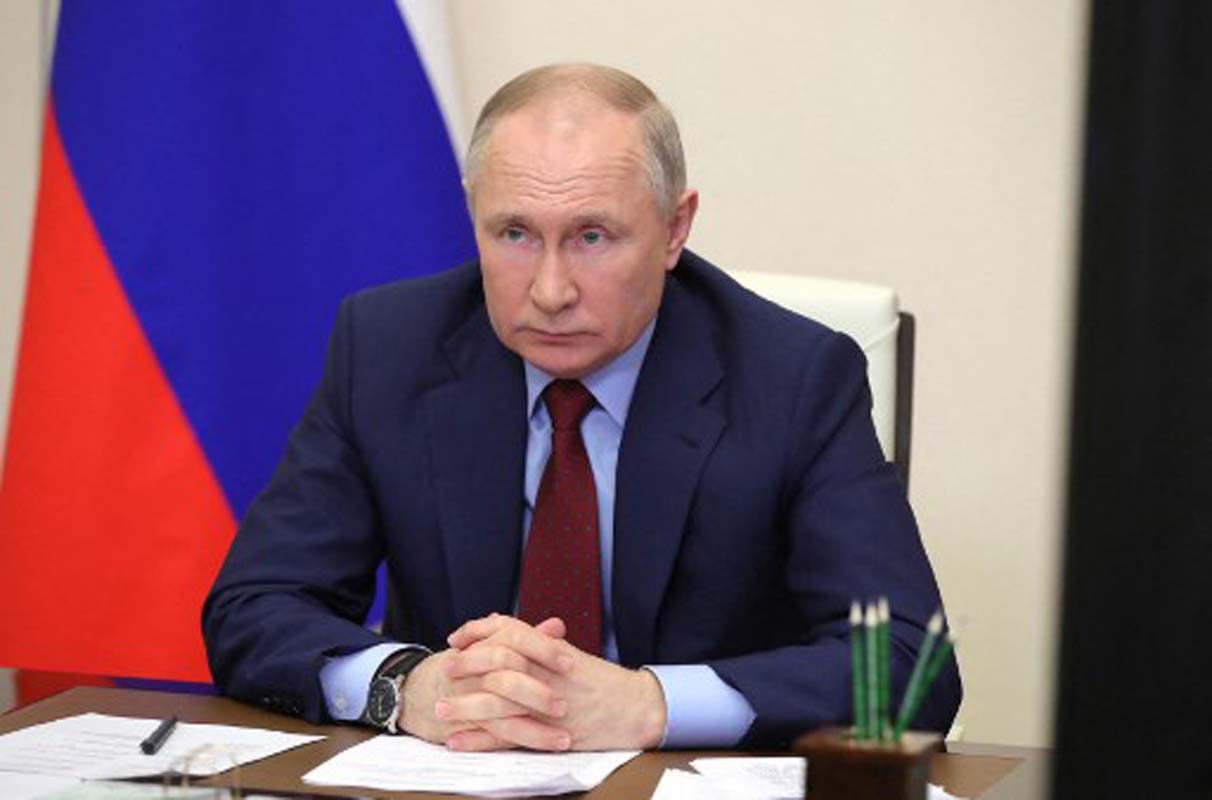
403
Sorry!!
Error! We're sorry, but the page you were looking for doesn't exist.
Russia Terminates Plutonium Disposal Treaty with U.S.
(MENAFN) Russian President Vladimir Putin has approved legislation officially terminating the treaty with the United States on the disposal of excess military-grade plutonium. Moscow had suspended the agreement in 2016, citing what it described as Washington’s hostile policies toward Russia.
Earlier this month, the lower house of the Russian Parliament passed the bill ending the treaty, followed by approval from the upper chamber last Wednesday. The law came into effect on Monday after Putin signed it.
The pact, initially signed in September 2000, required each country to dispose of 34 tons of military-grade plutonium deemed surplus to military needs.
In October 2016, Russia suspended the accord, pointing to US sanctions, NATO’s eastward expansion in Europe, and other actions it considered hostile. Moscow had indicated it might resume the treaty if Washington addressed its concerns.
A note accompanying the law cited a “fundamental change in circumstances,” adding that the scope of Washington’s “anti-Russian” policies has intensified in recent years.
Earlier this month, Deputy Foreign Minister Sergey Ryabkov told lawmakers that the US had attempted to alter the plutonium disposal protocols. Moscow opposed the changes, expressing concern that the radioactive material could be disinterred and reused.
During Donald Trump’s first term, the US withdrew from the 1987 Intermediate-Range Nuclear Forces Treaty and the 1992 Open Skies Treaty.
Last month, Putin lamented that “step by step, the system of Soviet-American and Russian-American agreements on nuclear missile and strategic defensive arms control was almost completely dismantled.”
He added that Russia is willing to continue following the core limits of the New START Treaty – the only remaining arms control agreement with Washington – for one year beyond its expiration on February 5, 2026.
The treaty, in effect since 2011, caps the US and Russia at no more than 1,550 deployed strategic nuclear warheads.
Responding to Putin’s proposal in early October, Trump described it as a “good idea.”
Earlier this month, the lower house of the Russian Parliament passed the bill ending the treaty, followed by approval from the upper chamber last Wednesday. The law came into effect on Monday after Putin signed it.
The pact, initially signed in September 2000, required each country to dispose of 34 tons of military-grade plutonium deemed surplus to military needs.
In October 2016, Russia suspended the accord, pointing to US sanctions, NATO’s eastward expansion in Europe, and other actions it considered hostile. Moscow had indicated it might resume the treaty if Washington addressed its concerns.
A note accompanying the law cited a “fundamental change in circumstances,” adding that the scope of Washington’s “anti-Russian” policies has intensified in recent years.
Earlier this month, Deputy Foreign Minister Sergey Ryabkov told lawmakers that the US had attempted to alter the plutonium disposal protocols. Moscow opposed the changes, expressing concern that the radioactive material could be disinterred and reused.
During Donald Trump’s first term, the US withdrew from the 1987 Intermediate-Range Nuclear Forces Treaty and the 1992 Open Skies Treaty.
Last month, Putin lamented that “step by step, the system of Soviet-American and Russian-American agreements on nuclear missile and strategic defensive arms control was almost completely dismantled.”
He added that Russia is willing to continue following the core limits of the New START Treaty – the only remaining arms control agreement with Washington – for one year beyond its expiration on February 5, 2026.
The treaty, in effect since 2011, caps the US and Russia at no more than 1,550 deployed strategic nuclear warheads.
Responding to Putin’s proposal in early October, Trump described it as a “good idea.”

Legal Disclaimer:
MENAFN provides the
information “as is” without warranty of any kind. We do not accept
any responsibility or liability for the accuracy, content, images,
videos, licenses, completeness, legality, or reliability of the information
contained in this article. If you have any complaints or copyright
issues related to this article, kindly contact the provider above.


















Comments
No comment